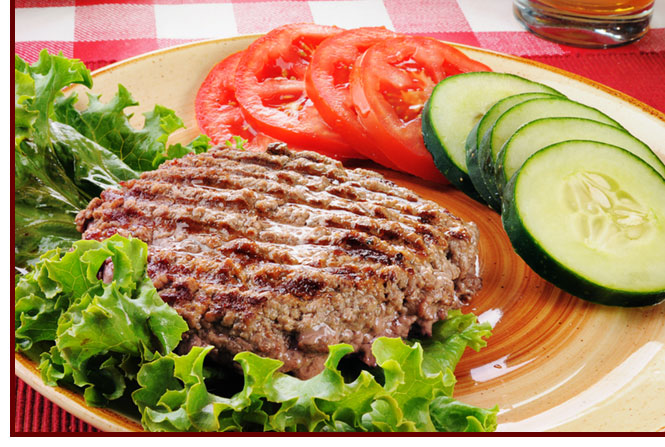
Eating low carb is the fastest way to improve your health and your body composition. Although low carb is becoming increasingly popular, it is not a new concept.
In 1939 Westin A. Price wrote Nutrition and Physical Degeneration after traveling all over the world, studying the diets and nutritional habits of numerous cultures. He concluded that once these cultures adopted aspects of the modern Western diet (particularly flour, sugar and modern processed vegetable fats), nutritional deficiencies followed, causing dental issues and many health problems such as diabetes, gout, hypertension and cardiovascular disease.
In the late 1800s William Banting wrote
Letter on Corpulence, Addressed to the Public, a pamphlet describing how after many years of struggling with obesity, he lost weight and regained his health by avoiding sugar and easily digestible starches. He wrote, “I can honestly assert that I feel restored in health, ‘bodily and mentally,’ [and] have more muscular power and vigour....” Banting was the first to popularize this type of diet but was ostracized for it, just like today’s “low-carb” promoters.
With that being said, you shouldn’t eat zero carbs 100 percent of the time. When you start, you should do a full two to four weeks with no carbs, except for vegetables, of course. After that, you can start cycling a carb meal, or a carb day, every five to seven days. Why the ranges? Because people are not all the same. It depends on where you are starting from and how quickly you adapt to the plan.
Typically, people who have little experience with low carb diets should start on a four-week plan. People need the entire four weeks to break their habits and form new ones. After that, they can incorporate one carb meal per week. For seasoned veterans of the low-carb life who have “fallen off the wagon,” two weeks without carbs is usually enough to get them going again.
Before you start this plan, you need to consider your mental toughness. You need to understand that a carb meal is just a meal; it’s not a first-class ticket to eating-like-the world’s-food-supply-is-going-to-end-ville. If you think you lack the discipline to limit yourself to one meal, then don’t eat carbs until you are ready.
Once your body has learned to burn fat as fuel, the carb refuel becomes extremely important and necessary. The carb load serves the following purposes:
1. Replenishes glycogen. This will keep you from breaking down protein for the process of gluconeogenesis. This will help you in the gym.
2. Revs up the thyroid. If thyroid function becomes sluggish, body temperature will commonly drop, metabolism will slow and fat loss will halt.
3. Drives up leptin levels. When leptin levels are low, hunger increases, therefore making it difficult to stay on the plan.
The best choices for a carb-up meal are low-fat complex carbs such as sweet potatoes, rice, yams, gluten-free pasta, gluten-free oats, etc. You can finish your meal with a dessert if you wish, but try to make healthy choices by avoiding high fructose corn syrup, gluten and GMO-containing foods. As for quantities, just eat normally. Don’t stuff yourself until you feel sick, but do eat more than just one measly cup of rice.
Eating low carb most of the time, with planned carb refueling, is the best way to be healthy, lean and strong.